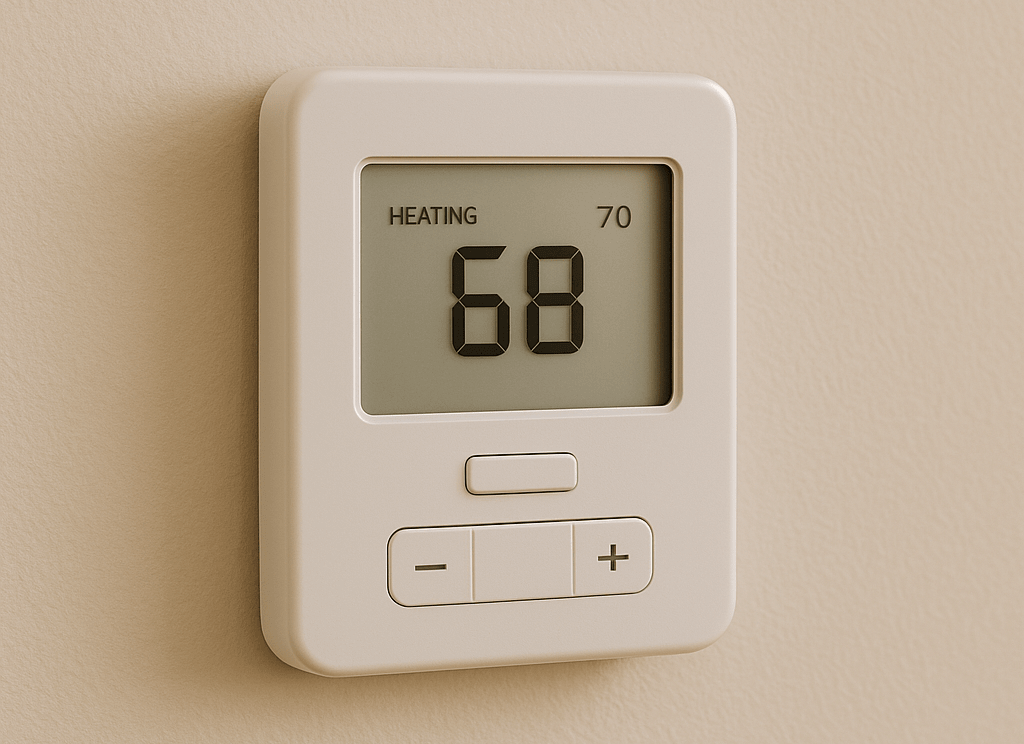How Long Should It Take To Heat A House By 2 Degrees
How Much Time Does It Take to Warm a House by 2 Degrees?
Raising the temperature in your home by just 2 degrees might sound simple, but how long it takes to heat home quickly depends on more than just your thermostat setting. The type of heating system you use, the quality of your insulation, the size and height of your rooms, and even the outdoor weather all play a major role in how fast your home warms up.
For example, a forced-air furnace can heat the air rapidly, while electric baseboards may take longer in larger spaces. Similarly, a well-insulated home will hold heat and warm faster than one with drafts or poor sealing. By understanding these factors, you can better predict radiant heating warm-up time, improve efficiency, and choose solutions like WBI radiant panels that deliver faster comfort and greater energy savings.
1. Heating System Type
Different systems deliver heat at different rates:
- Forced-Air Furnaces – Heat air quickly, but much of that heat is lost through ducts before reaching each room.
- Hydronic Radiant Floors – Deliver steady, even warmth directly into the floor surface, keeping heat where you feel it most.
- Electric Baseboards – Provide direct heat but often take longer to raise the temperature in large spaces.
2. Home Insulation & Air Sealing
A well-insulated, airtight home holds onto heat longer and allows your system to warm it faster.
- Poor insulation = longer heat-up times.
- Floor, wall, and attic insulation all play a role.
- Drafts and air leaks can drastically slow heating.
3. Room Size & Ceiling Height
Bigger rooms and high ceilings require more heat energy to raise the temperature.
- A 2°F increase in a small, well-insulated room may take only 10–15 minutes.
- The same increase in a large, open living area could take 30–60 minutes or more.
4. Starting Temperature & Outdoor Conditions
The colder it is outside, the more heat is lost during warm-up.
If your home starts at 60°F and it’s 25°F outside, your heating system works harder than if you’re going from 68°F to 70°F on a mild day.
Typical Heat-Up Times for a 2°F Increase
These are average estimates for a moderately insulated home:
| Heating System Type | Time to Raise 2°F |
| Forced-Air Furnace | 15–30 minutes |
| Hydronic Radiant Panels | 20–45 minutes* |
| Electric Baseboard | 30–60 minutes |
*Radiant panels distribute heat more evenly, so the perceived comfort may feel warmer before the thermostat registers the full 2°F.
Why Radiant Heat Feels Faster
Even though radiant systems may take similar time to raise the thermostat reading, you feel warmer sooner because:
- Heat starts at your feet and surrounds you in warmth.
- Surfaces (floors, furniture) warm up, reducing the “cold” feeling from surrounding materials.
- Even temperature distribution eliminates chilly spots.
How WBI Panels Improve Heating Response

If you’re upgrading or building new, WBI radiant panels offer faster, more efficient heating by:
- Providing direct, even heat to the living space.
- Working with EPS insulation layers to reduce heat loss.
- Operating efficiently in both remodel and new construction settings.
Recommended Products:
- RadiantBoard – For wood subfloors with fast heat transfer.
- RadiantBoard EPS – Over concrete with added insulation.
- ThermalBoard EPS – High-performance over concrete with a durable MDF surface.
Final Thoughts

There’s no one-size-fits-all answer, but in a well-insulated home, a 2°F increase should take between 15 and 45 minutes depending on your heating system. With radiant heat, comfort often arrives sooner than the thermostat shows — and with less energy waste.
Want a faster, more comfortable heating experience?
Contact WBI today to learn how our radiant panel systems can transform your home.
